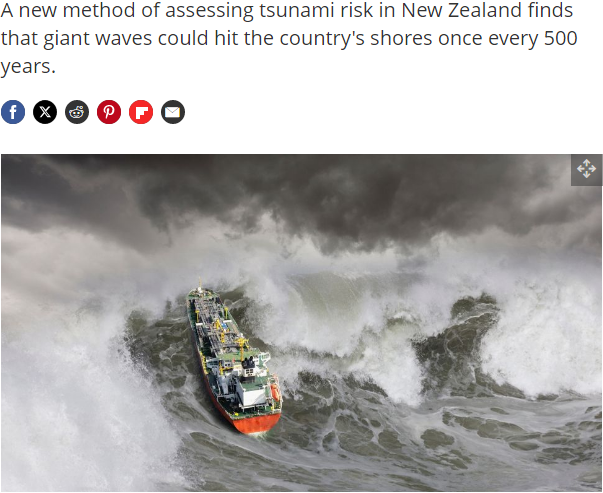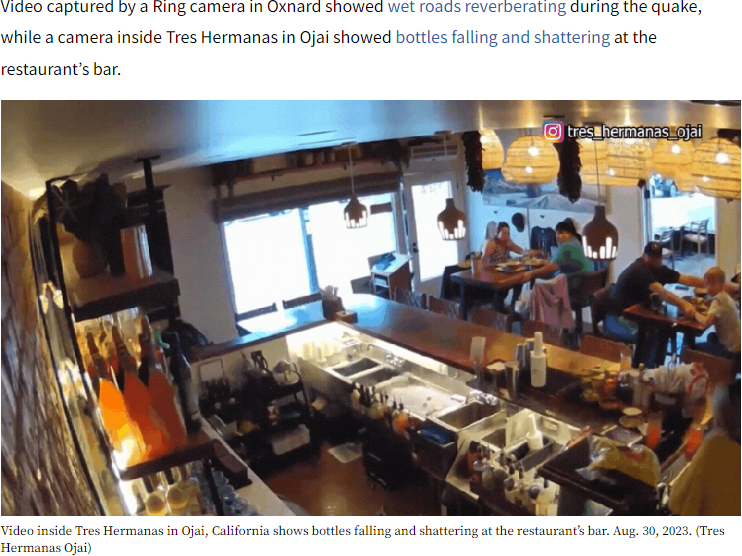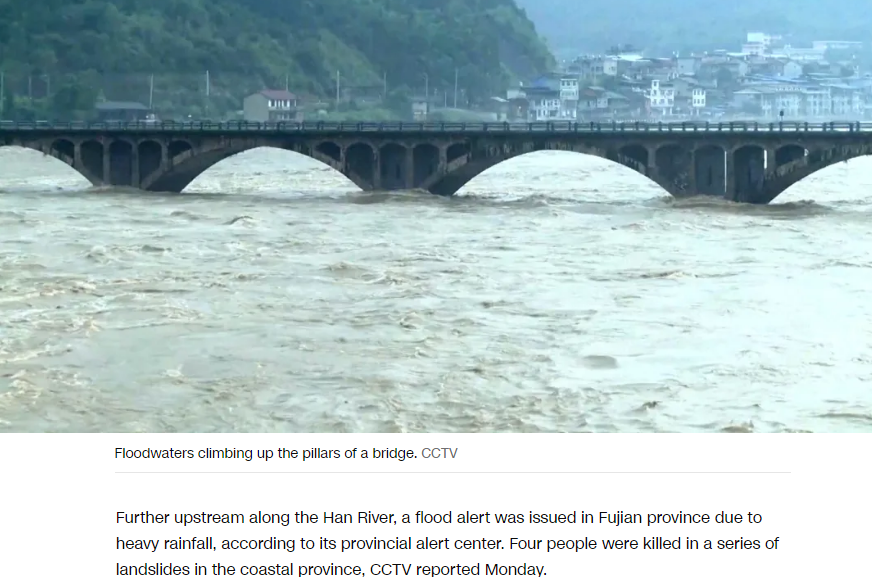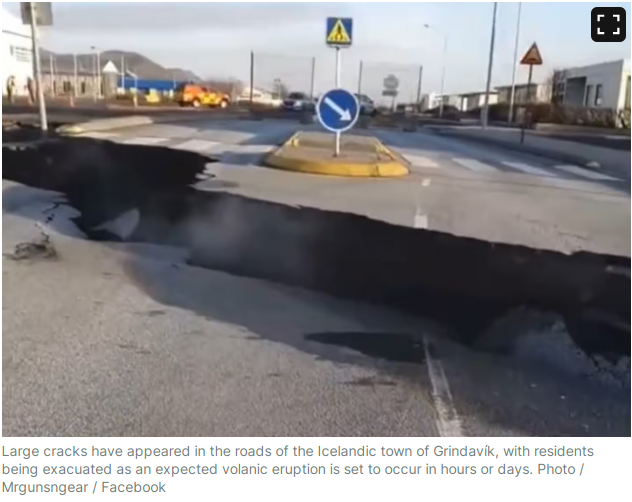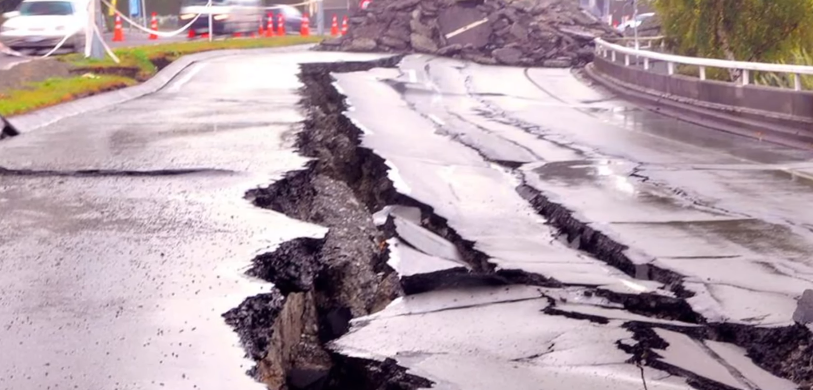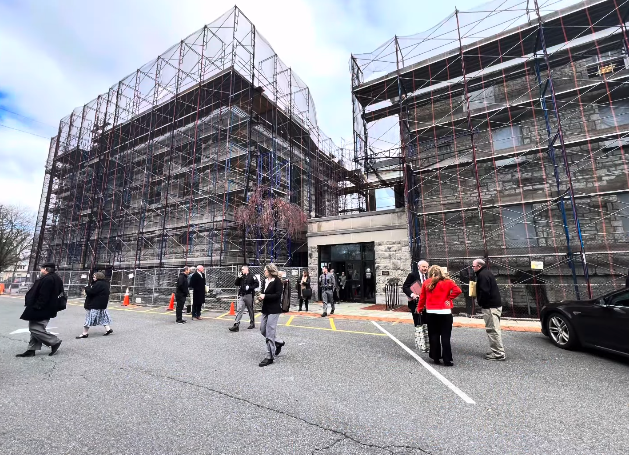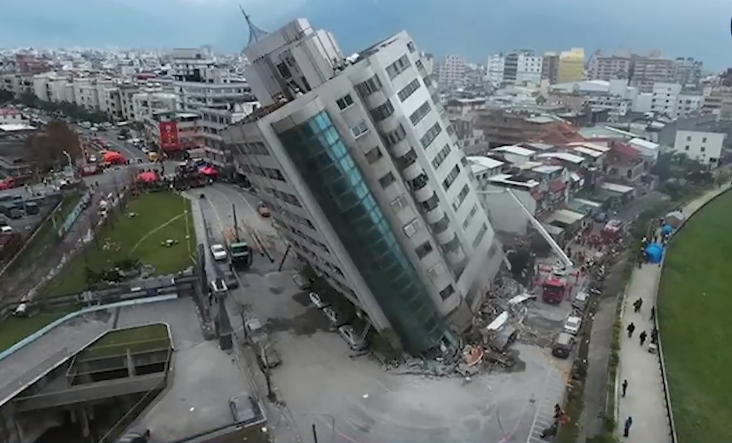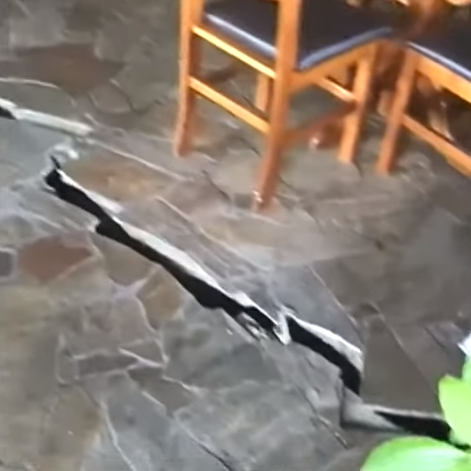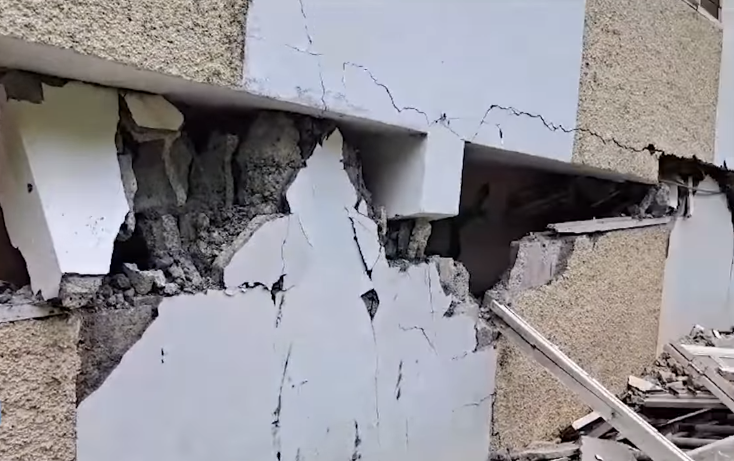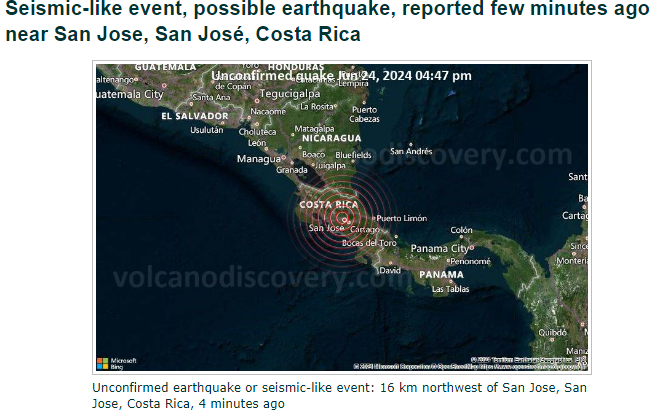Introduction
On August 19, 2024, a significant seismic event occurred in Russia, involving a powerful earthquake and a volcanic eruption. This article provides a detailed analysis of the events, including the magnitude of the earthquake, the impact of the volcanic eruption, and the subsequent effects on the region.

Summary of Events
| Event | Time | Magnitude/Height | Location |
|---|---|---|---|
| Shiveluch Volcano Eruption | 11:45 UTC | Ash column: 32,800 feet | Kamchatka Peninsula |
| Magnitude 7 Earthquake | 7:10 UTC | 7.0 magnitude | East of Petropavlovsk-Kamchatsky |
Shiveluch Volcano Eruption
The Shiveluch volcano, located on the eastern side of Russia’s Kamchatka Peninsula, erupted at 11:45 UTC on August 19, 2024. The eruption caused a massive explosion of ash that shot up 32,800 feet into the air. This significant ash emission led to a hazard warning being issued, as it could potentially affect international flights and low-flying aircraft.
Impact on Ust-Kamchatsk
The village of Ust-Kamchatsk, situated on the eastern shore of the Kamchatka Peninsula, was heavily affected by the eruption. Footage released by Russian state-run media Zvezda showed the village covered in a thick layer of ash. The ash fall was reported to be around 2-3 mm, with residents describing a strong smell of sulfur and ongoing ash fall in the days following the eruption.
Magnitude 7 Earthquake
Hours after the volcanic eruption, a powerful earthquake with a preliminary magnitude of 7.0 struck off the far eastern coast of Russia near Petropavlovsk-Kamchatsky. The earthquake occurred at a depth of 18 miles (29 kilometers) below the surface and its epicenter was about 63 miles (102 kilometers) east of Petropavlovsk-Kamchatsky.
Tsunami Warning
The earthquake prompted a tsunami warning that was later lifted. The U.S. National Weather Service’s Pacific Tsunami Warning Center initially warned of hazardous tsunami waves possible for coasts within 300 miles (480 kilometers) of the earthquake epicenter. However, minor sea level fluctuations were the only observed effects in some coastal areas near the earthquake site.
Effects on Petropavlovsk-Kamchatsky
Petropavlovsk-Kamchatsky, a port city with a population of over 181,000, is surrounded by volcanoes and sits across a bay from an important Russian submarine base. The city experienced no major damage from the earthquake, but buildings were being examined for any potential structural issues.
Relationship Between Earthquake and Volcano Eruption
The Shiveluch volcano eruption began around eight hours before the earthquake. Despite the close timing, the two events are believed to be unrelated. The Alaska Volcano Observatory noted that the volcanic activity and the earthquake are separate phenomena, with the volcano’s eruption not triggered by the earthquake.
Recent Seismic Activity in Russia
Russia has experienced a series of earthquakes in recent days and weeks. According to Earthquake Track, Russia has had:
- 0 earthquakes in the past 24 hours
- 2 earthquakes in the past 7 days
- 17 earthquakes in the past 30 days
- 210 earthquakes in the past 365 days
The region’s seismic activity is frequent, with moderate to large earthquakes occurring regularly. This highlights the ongoing geological instability in the area.
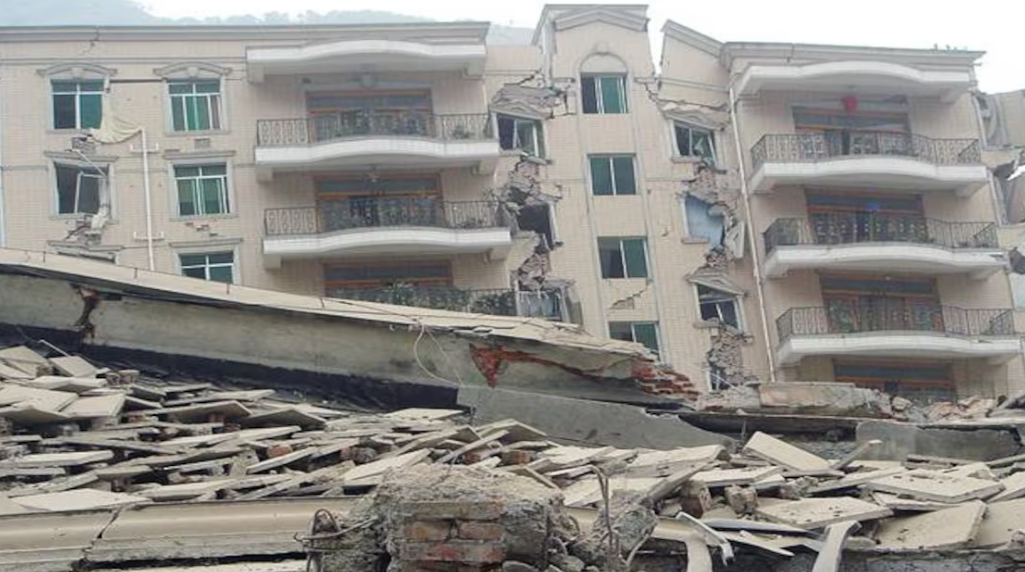
Conclusion
The recent earthquake and volcanic eruption in Russia’s Far East underscore the region’s high seismic and volcanic activity. The Shiveluch volcano’s eruption and the subsequent magnitude 7 earthquake have significant implications for local residents, aviation, and the broader geological landscape. Understanding these events is crucial for disaster preparedness and mitigation efforts in the region.

